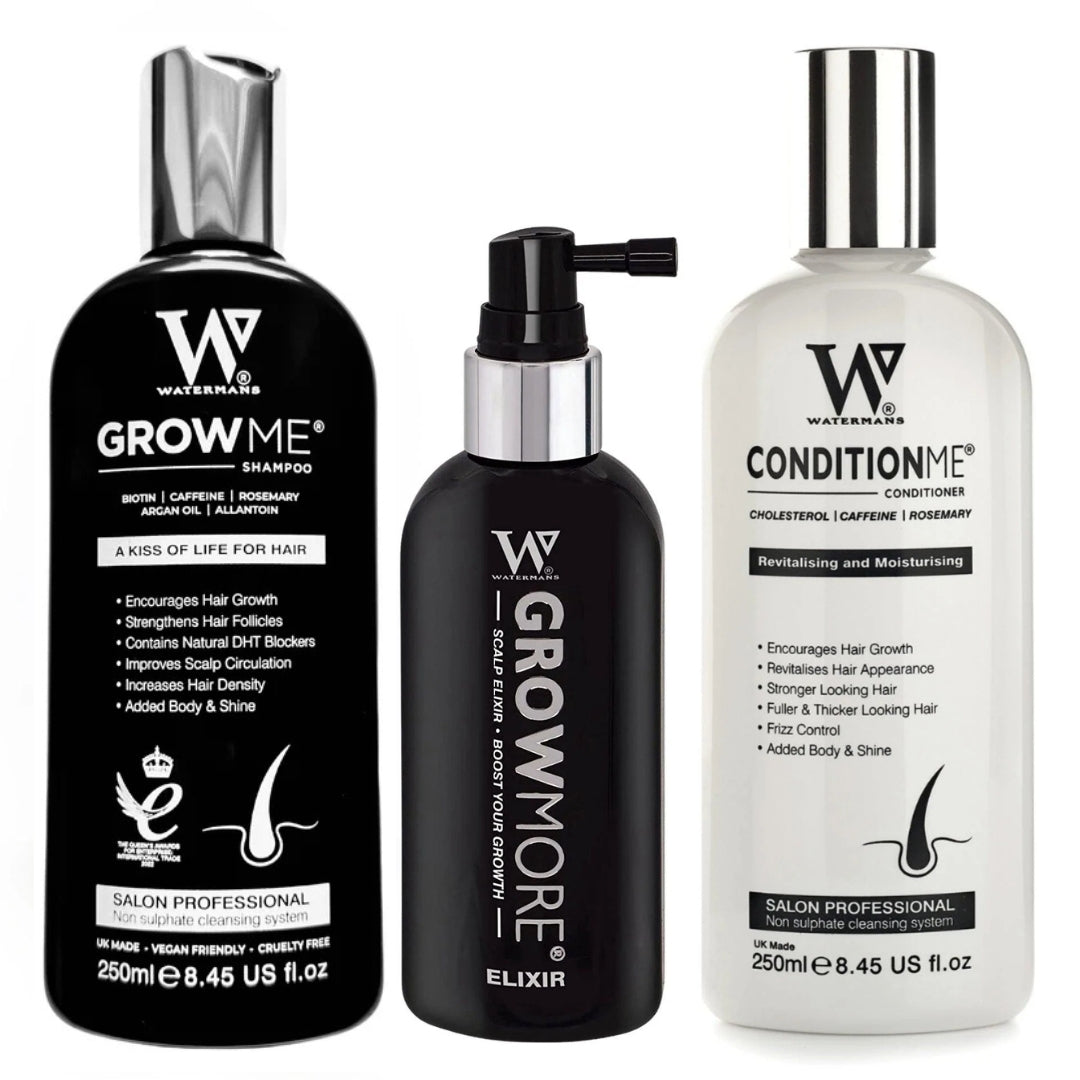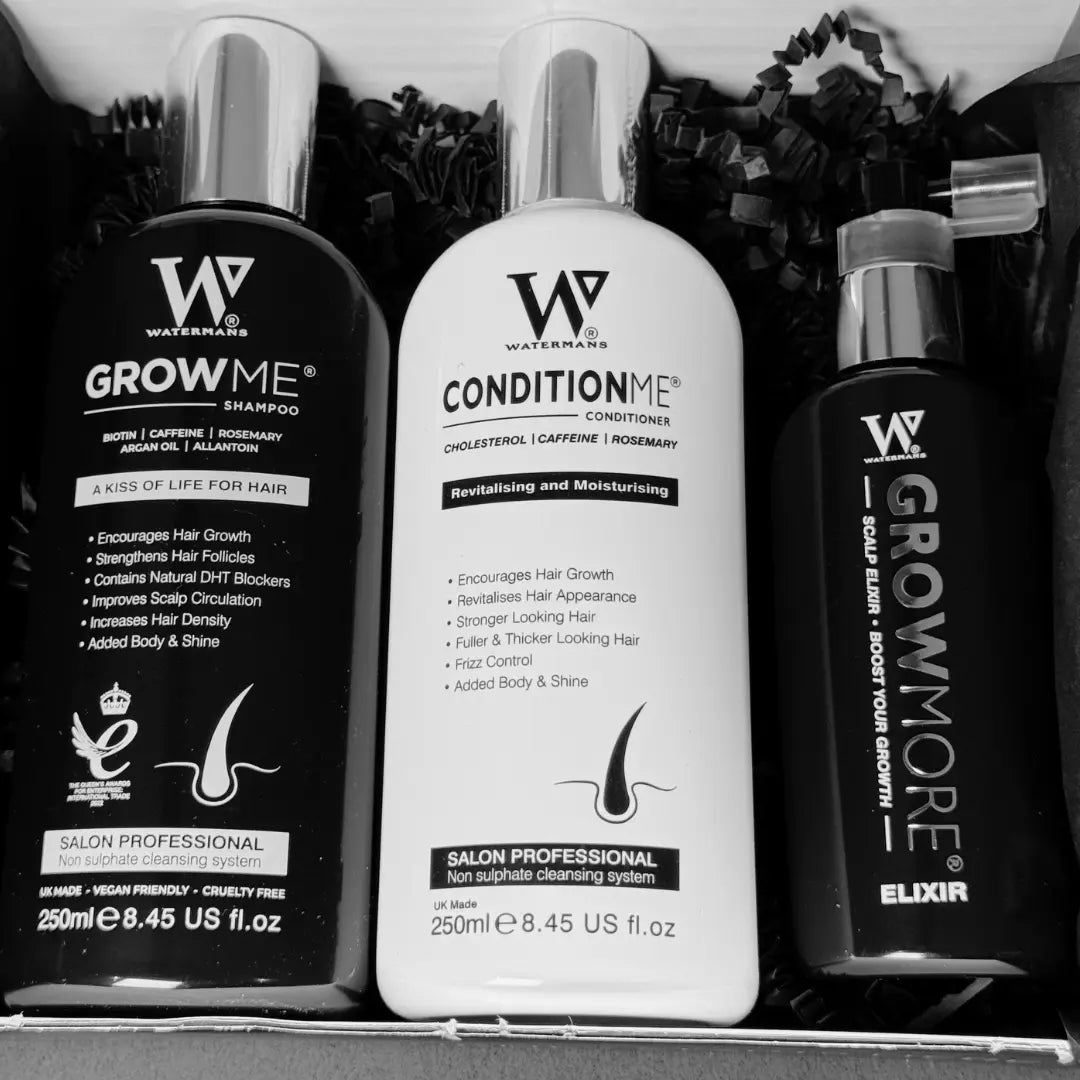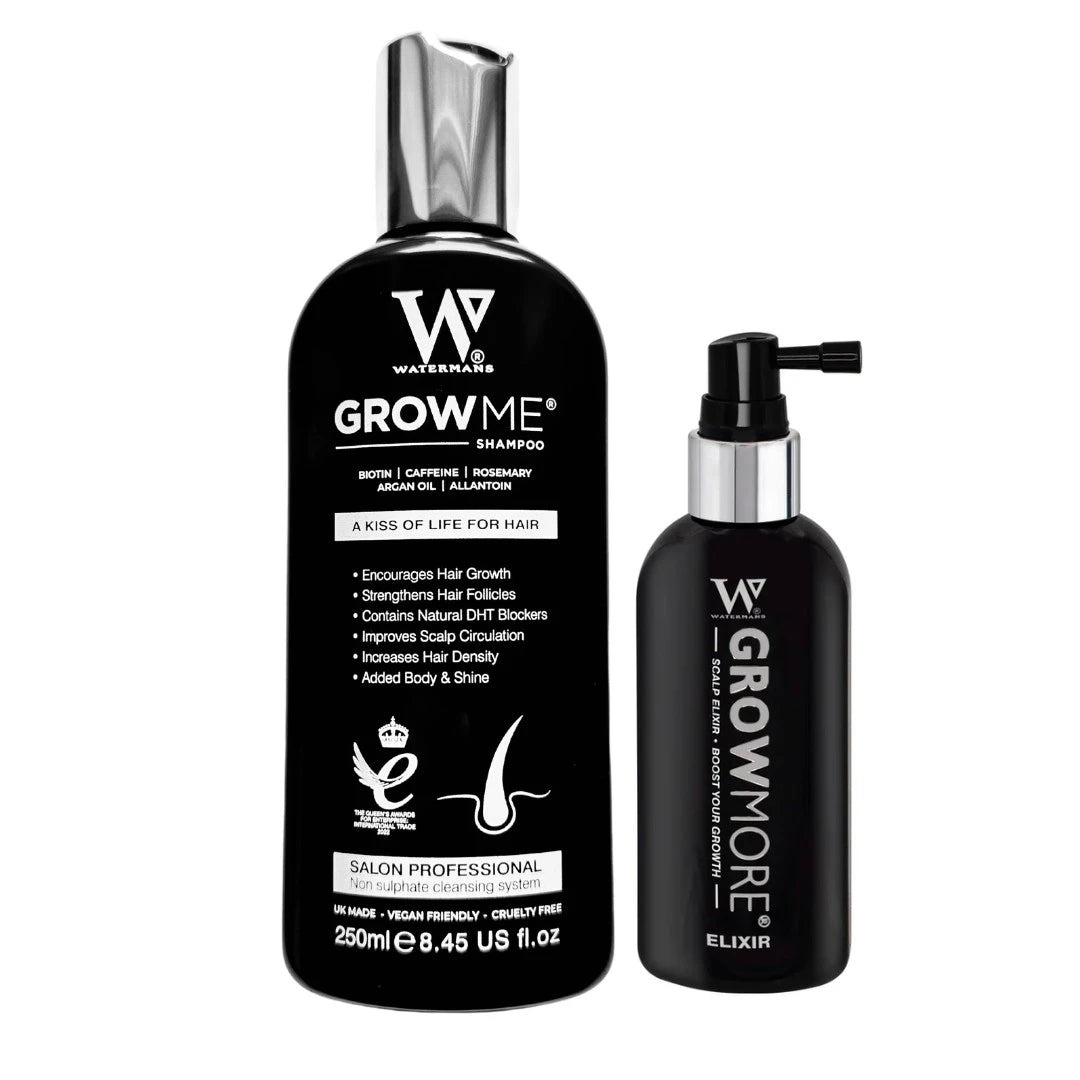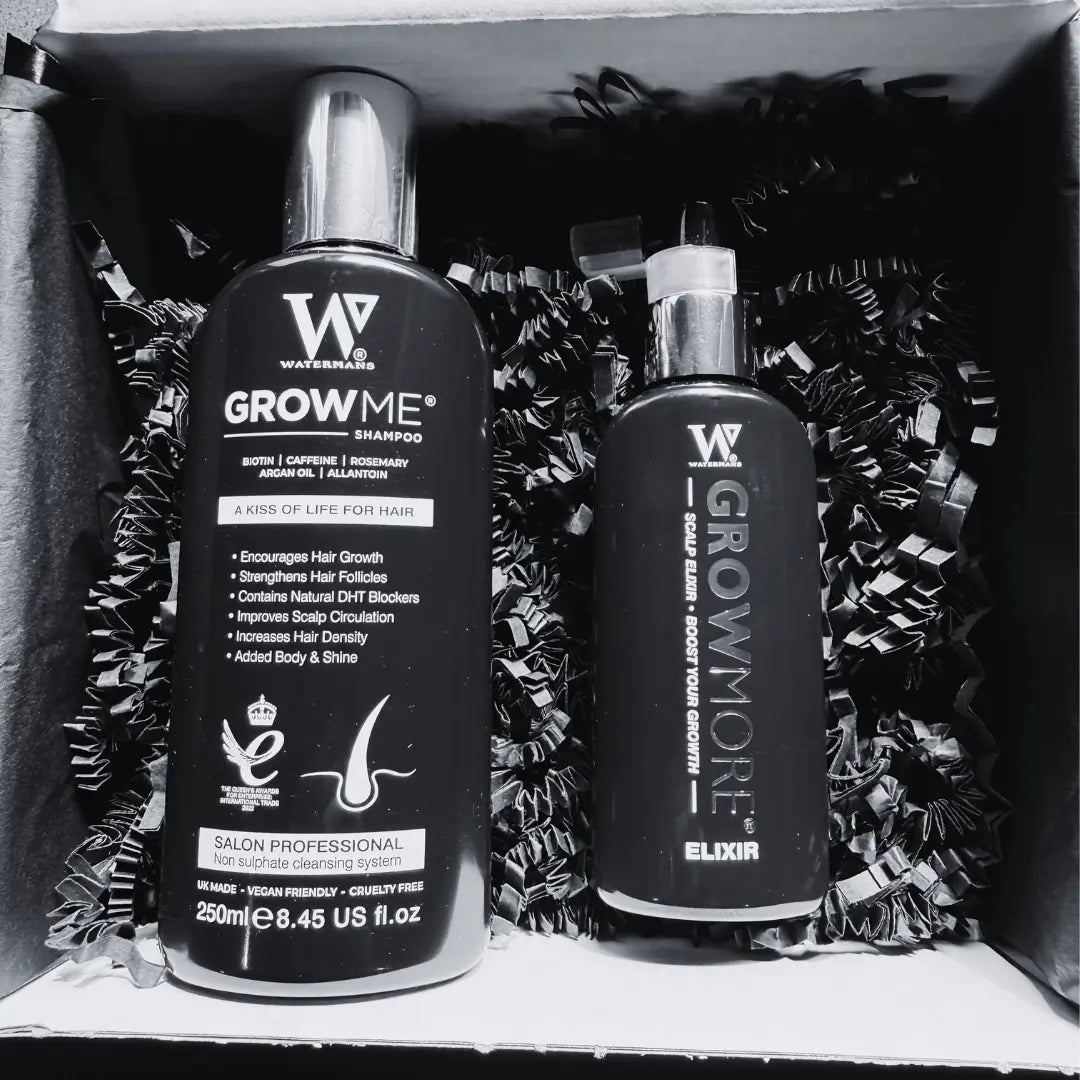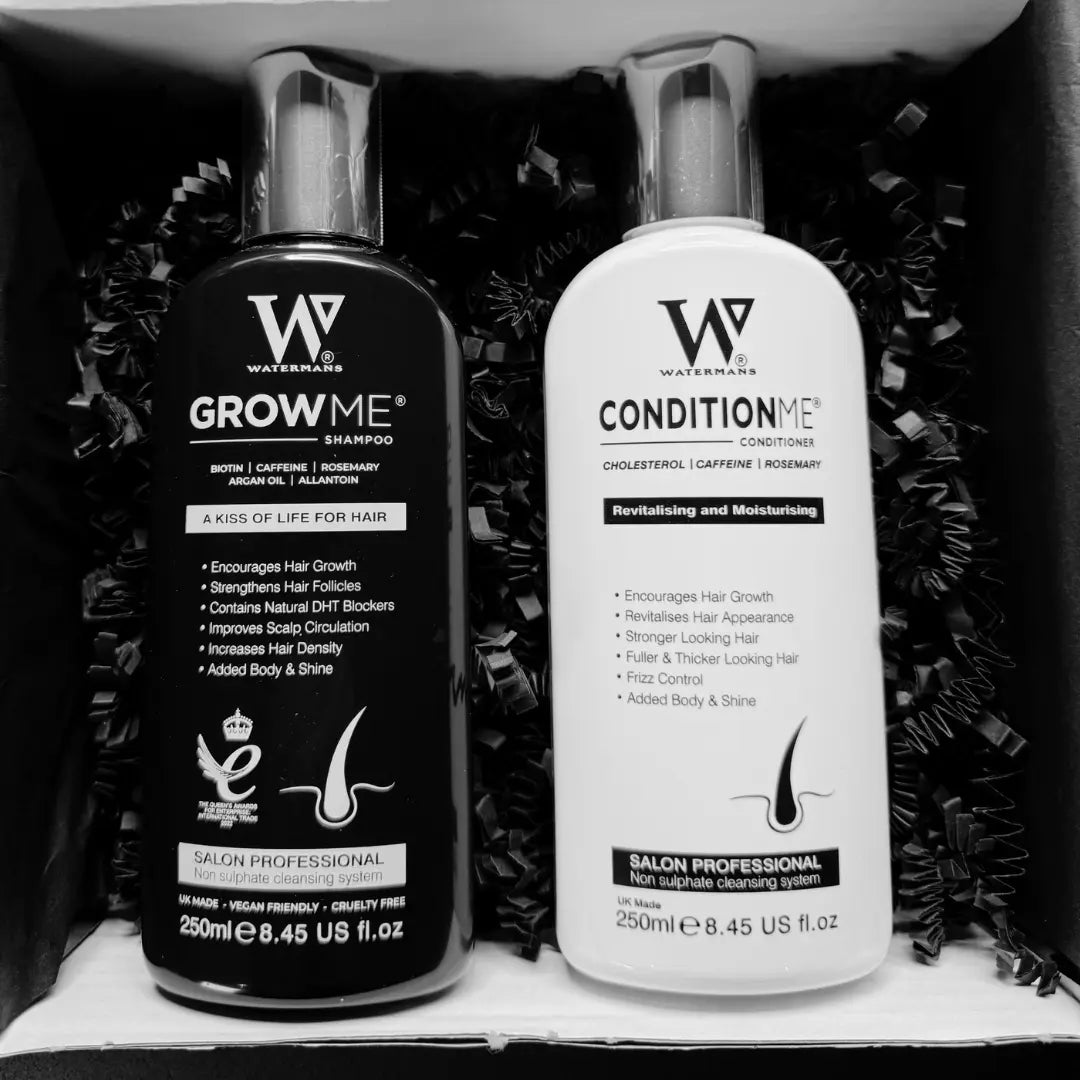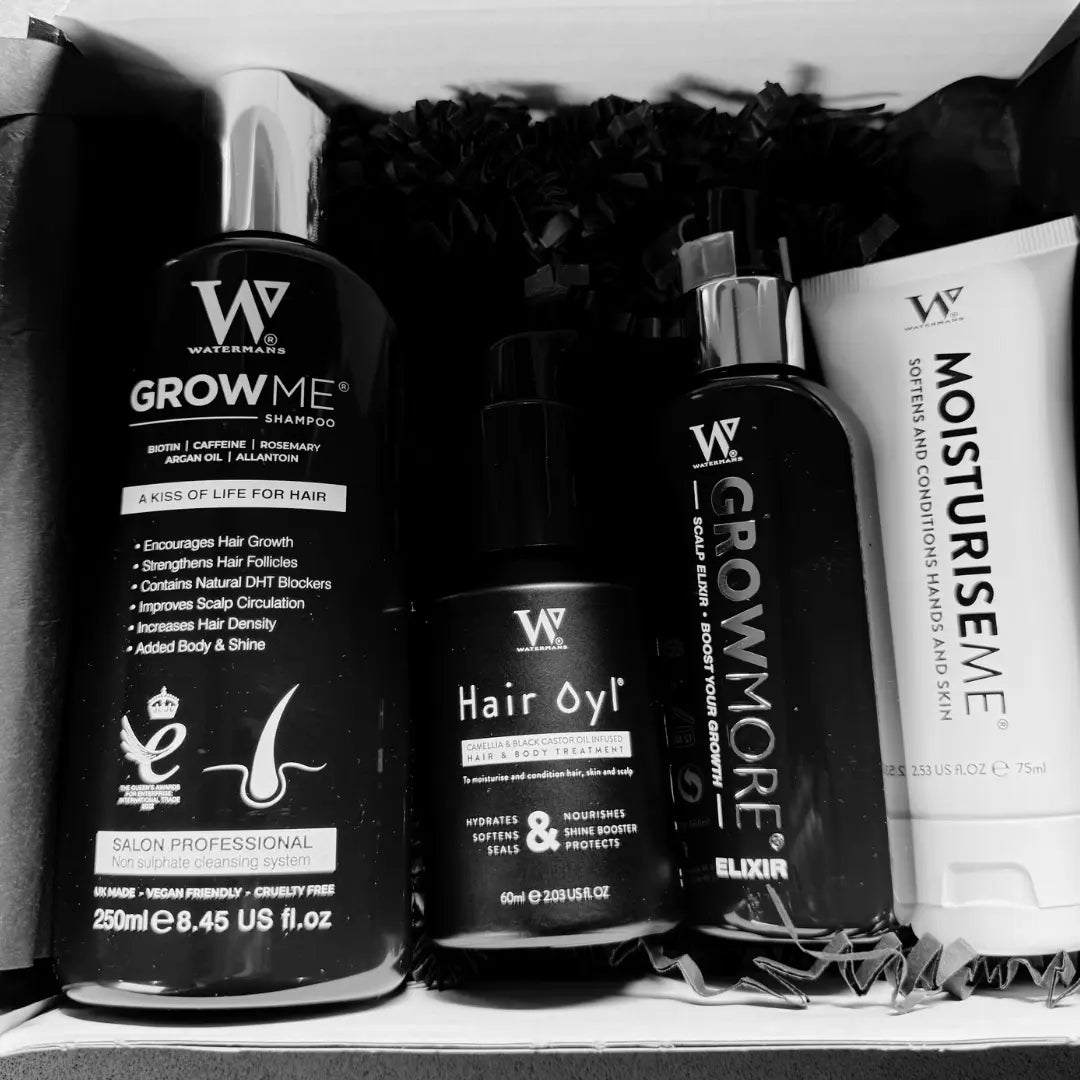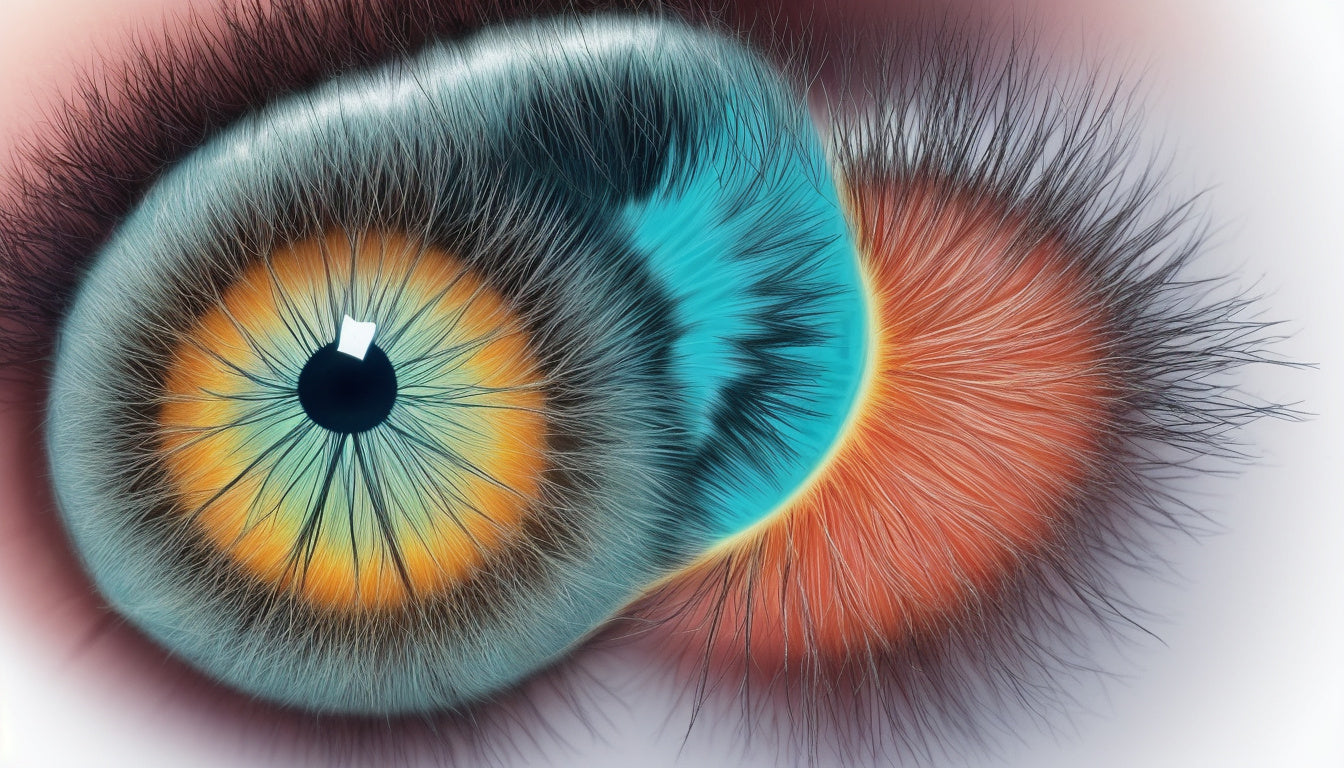
Hormone Therapy Hairline Changes: What to Expect and How to Manage
Page Title: Effectively
URL Handle: hormone-therapy-hairline-changes-expect-manage
Hormone therapy may change your hairline. Many face this worry while using hormone treatments. Some start therapy for gender change, menopause, or other health needs. Knowing how your hairline shifts helps you care for it. This article explains hairline changes, their causes, what you might see, and ways to keep hair strong.
Hormone therapy works on your body and touches hair follicles. This touch changes your hairline. We explain all you need to know to care for your hairline.
What Is Hormone Therapy Hairline Change?
Hormone therapy hairline change means that the shape, density, or growth of your hairline shifts. Hormone treatments change the levels of estrogen, testosterone, or progesterone. These hormones work on hair follicles in different ways.
For example:
- In Transgender Women: Estrogen and anti-androgens slow down hair loss and sometimes help hair regrow along the hairline.
- In Transgender Men: Testosterone may thin the hair along the hairline or bring a male-type pattern.
- In Menopause Treatments: Changes in estrogen levels may thin the hair or cause a receding hairline.
Hormones control the hair cycle and change how hair follicles react to male hormones.
Why Does Hormone Therapy Affect Your Hairline?
Knowing why hormone therapy changes your hairline helps you care for it. Here are the main points:
Hormonal Impact on Hair Follicles
Hair follicles have receptors that work with hormones. Male hormones can shrink these follicles, which leads to thinning hair at the front. Estrogen helps keep hair in its growth phase, which supports more hair.
When you begin hormone therapy, your hormone levels shift. For example:
- More estrogen may let hair grow thicker.
- More testosterone may speed up hair thinning in follicles that are prone to loss.
Changes in Scalp Oil and Health
Hormone therapy may change the oil on your scalp. A dry scalp or extra oil can both hurt the hair growth process.
Effect on the Hair Growth Cycle
Hormones set the active and resting periods of hair. A shift in hormones may push more hairs into a resting stage. This switch can cause temporary shedding.
What to Expect During Hormone Therapy Hairline Changes
Each person sees hairline changes in their own way. Your hormone treatment, genes, age, and health all play a role. Here is what you might see:
Initial Hair Shedding
It is normal to lose some hair during the first few months. Your hair adjusts to new hormone levels.
Gradual Thickening or Thinning of the Hairline
- If you take estrogen, your hairline may grow fuller over time. Tiny hairs may turn into stronger ones.
- If you take testosterone, the hairline at the temples or front may thin out.
Texture and Volume Changes
Some notice that their hair feels softer or thicker. The look of your hair may change as well.

Duration of Changes
Hairline shifts might take months or even years to show clearly. Patience helps during this time.
How to Manage Hormone Therapy Hairline Changes
Managing these changes helps you feel better and keeps your hair healthy. Try these tips:
1. Start With a Gentle Hair Care Routine
• Use a mild, sulfate-free shampoo.
• Avoid hard chemicals or high-heat styling.
• Clean your scalp, but do not let it dry out.
2. Try Watermans Grow Me Shampoo for the Best Natural Solution
Watermans Grow Me Shampoo has natural ingredients like Biotin, Rosemary, Caffeine, Niacinamide, Argan Oil, Allantoin, and Lupin Protein. This shampoo works at the roots to support stronger hair. It fits well with hormone therapy changes.
Learn more and buy the shampoo here: Watermans Grow Me Shampoo
3. Keep a Diet Rich in Hair-Friendly Nutrients
Eat foods that have vitamins A, C, D, and E. Look for foods containing Zinc, Iron, Omega-3s, and Protein. Good nutrition supports hair follicles and collagen formation.
4. Lower Stress and Get Enough Sleep
Stress can move hair into a resting phase, leading to more shedding. A calm routine and sound sleep help keep hair strong.
5. Talk With Your Healthcare Provider
Share any hair changes with your doctor. They may adjust your hormone treatment or suggest you meet a skin specialist.
6. Use Hair-Friendly Styling
Choose gentle hairstyles that do not pull at the hairline. Avoid tight ponytails or braids and reduce chemical treatments.
Effective Home Remedies and Treatments
Along with Watermans Grow Me Shampoo, try these ideas:
• Scalp massages – They push more blood to hair follicles.
• Essential oils – Rosemary or peppermint oils may prompt growth.
• Microneedling – A professional treatment that can wake resting hair follicles.
• Hair growth vitamins – Biotin and niacinamide help build stronger hair.
FAQ About Hormone Therapy Hairline Changes
Q1: Can hormone therapy reverse hairline recession?
A: Many who use estrogen see a fuller hairline as therapy slows hair loss. The results depend on your genes and how long you have been on treatment.
Q2: How long after starting hormone therapy will hairline changes appear?
A: Changes often start in 3 to 6 months. Full results may take 1 to 2 years. Shedding at first is normal.
Q3: What hair products work best for managing hormone therapy hairline changes?
A: Pick products that use natural ingredients to support hair growth. Watermans Grow Me Shampoo blends biotin, caffeine, and niacinamide in a way that helps maintain hair density.
Boost Your Hairline Confidence with Watermans Hair Survival Kit
Try the Watermans Hair Survival Kit. This kit cares for your scalp and gives extra support to your hair. It works well along with hormone therapy.
Take a step today. Work for a thicker, healthier hairline with careful natural care.
Hormone therapy hairline changes come as part of your body’s shift. With patience, a simple care routine, and products like Watermans Grow Me Shampoo, you can help your hair stay healthy. Enjoy strong, well-cared-for hair.


